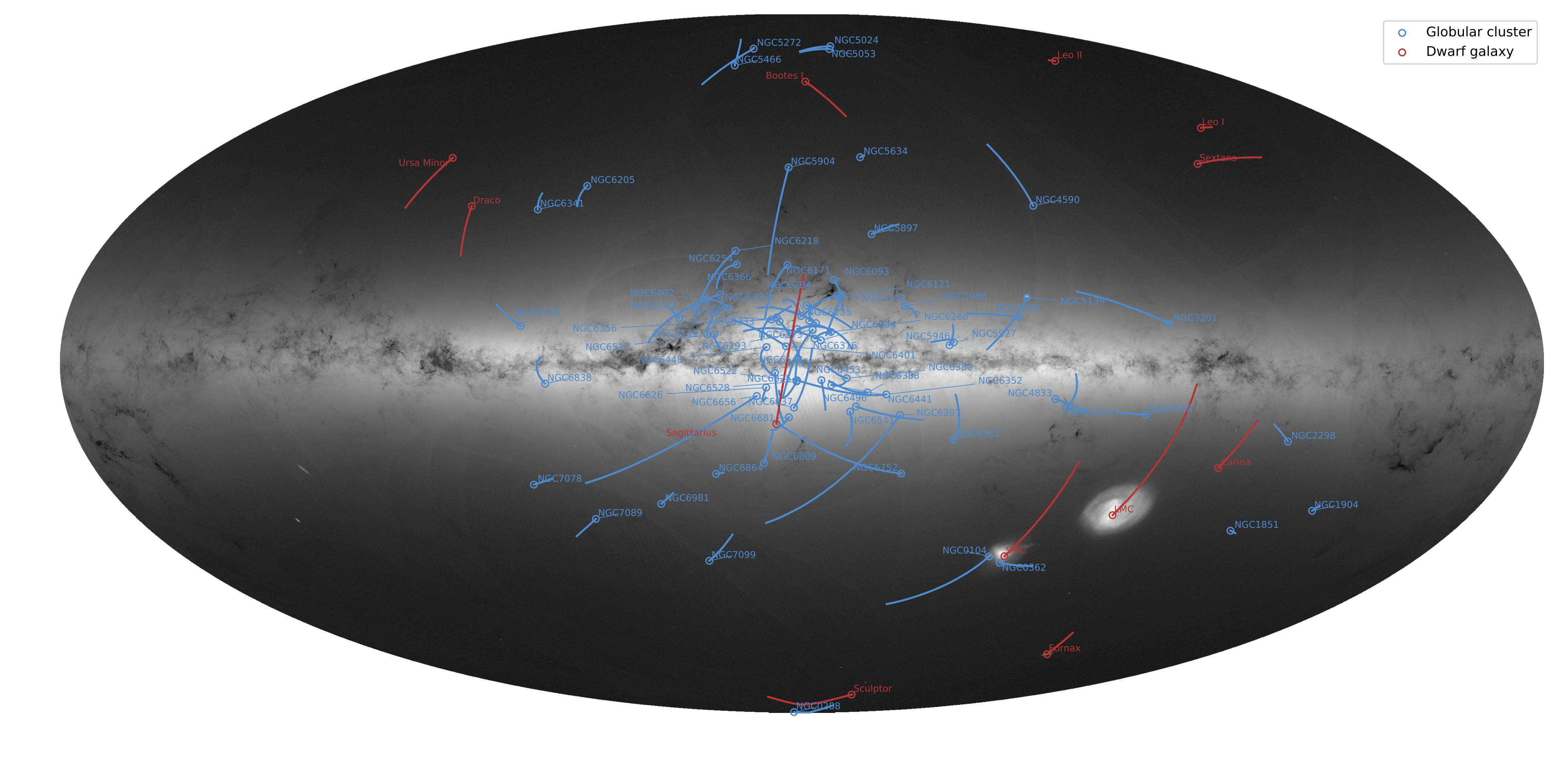http://www.news.com.au/technology/science/space/new-3d-map-of-milky-way-will-revolutionise-astronomy/news-story/b511f3ea41777d895e72d0bd426a2510
EUROPE’S Gaia satellite has produced a 3-D map, hailed as revolutionary, of our Milky Way galaxy — complete with their distance from Earth, colour, and motion through space.
The eagerly-anticipated catalogue, published Wednesday, was compiled from data Gaia gathered on some 1.7 billion stars.
Launched in 2013, Gaia started operating the following year, gathering data on 100,000 stars per minute — some 500 million measurements per day. Its first map was published in September 2016, based on a year’s worth of observations of about 1.15 billion stars.
For some of the brightest stars in the survey, the level of precision equates to Earth-bound observers being able to spot a Euro coin lying on the surface of the Moon.
The full data will be published in a series of scientific papers in a special issue of the journal Astronomy & Astrophysics, laying the foundation for decades of further study.



